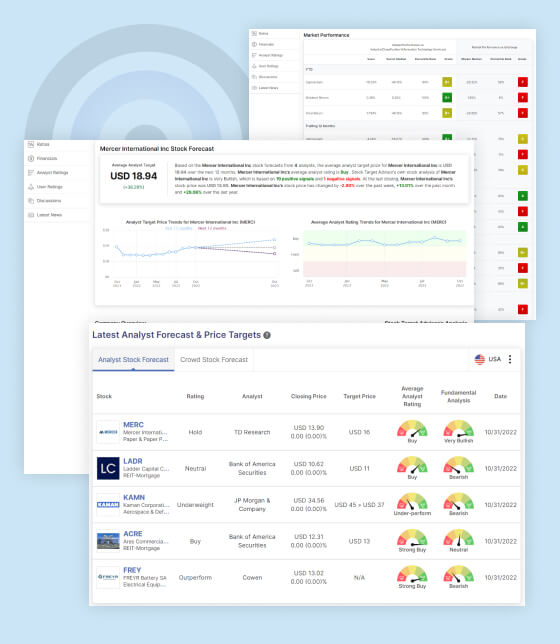Walmart Inc (WMT) recently announced its second-quarter earnings for fiscal year 2025 today. The company reported solid revenue growth and a significant increase in operating income, driven by strong performance across its various business segments, particularly in eCommerce.
Key Insights from Walmart Inc’s Q2 Reports:
Below are the key points from Walmart’s second-quarter earnings for fiscal year 2025.
- Walmart’s Q2 fiscal 2025 results showed a 4.8% increase in consolidated revenue, reaching $169.3 billion.
- Operating income grew by 8.5%, outpacing revenue growth, indicating improved efficiency and profitability.
- Global eCommerce sales surged by 21%, significantly contributing to overall revenue growth.
- U.S. comparable sales (comp sales) increased by 4.2%.
- Adjusted earnings per share (EPS) was $0.67, slightly above the GAAP EPS of $0.56, reflecting adjustments for non-recurring items.
- Walmart provided an optimistic outlook for Q3, expecting net sales growth of 3.25% to 4.25% and operating income growth of 3.0% to 4.5%.
- For the full fiscal year 2025, Walmart expects net sales growth between 3.75% and 4.75%, with adjusted operating income projected to increase by 6.5% to 8.0%.
Positive Implications for Investors:
Investors can take several positives from Walmart’s Q2 earnings report. The strong growth in eCommerce, which saw a 21% increase, highlights Walmart’s successful expansion into the online marketplace, a crucial area for future growth. The rise in operating income by 8.5% indicates that Walmart is improving its profitability, which is further supported by a 43 basis points increase in its consolidated gross margin.
Additionally, the company’s guidance for the third quarter and fiscal year 2025 suggests sustained growth and profitability, providing investors with confidence in Walmart’s long-term strategy. The fact that Walmart is raising its outlook for the year reinforces the company’s resilience and adaptability in a competitive retail environment.
Negative Implications for Investors:
Despite the strong headline figures, there are some concerns for investors. Walmart’s free cash flow decreased by $3.1 billion, a significant drop attributed to increased capital expenditures and a decline in operating cash flow. This reduction in free cash flow could limit the company’s ability to return capital to shareholders through dividends and buybacks in the near term.
Furthermore, while the U.S. comp sales increased by 4.2%, this was a deceleration from the previous year’s growth rate of 6.4%, indicating potential challenges in sustaining domestic sales momentum. Additionally, the company’s overall operating expenses grew by 7.2%, slightly outpacing revenue growth, which could pressure margins if not controlled.
Stock Target Advisor’s Analysis on Walmart Inc:
According to Stock Target Advisor, Walmart Inc. has a “Slightly Bullish” rating, supported by four positive signals and two negative signals. The average analyst target price for Walmart is $88.73, with a current stock price of $68.66. Walmart’s stock has shown a positive one-year return of 29.34%, indicating strong performance relative to the market. However, analysts note that Walmart’s revenue growth has been below the median for its sector over the past five years, which may raise concerns about the company’s ability to maintain its growth trajectory.
Conclusion:
Walmart’s Q2 earnings report presents a mixed bag for investors. On one hand, the company’s strong revenue and operating income growth, particularly in eCommerce, are encouraging. On the other hand, the decline in free cash flow and rising operating expenses could pose challenges.
Muzzammil is a content writer at Stock Target Advisor. He has been writing stock news and analysis at Stock Target Advisor since 2023 and has worked in the financial domain in various roles since 2020. He has previously worked on an equity research firm that analyzed companies listed on the stock markets in the U.S. and Canada and performed fundamental and qualitative analyses of management strength, business strategy, and product/services forecast as indicated by major brokers covering the stock.



































